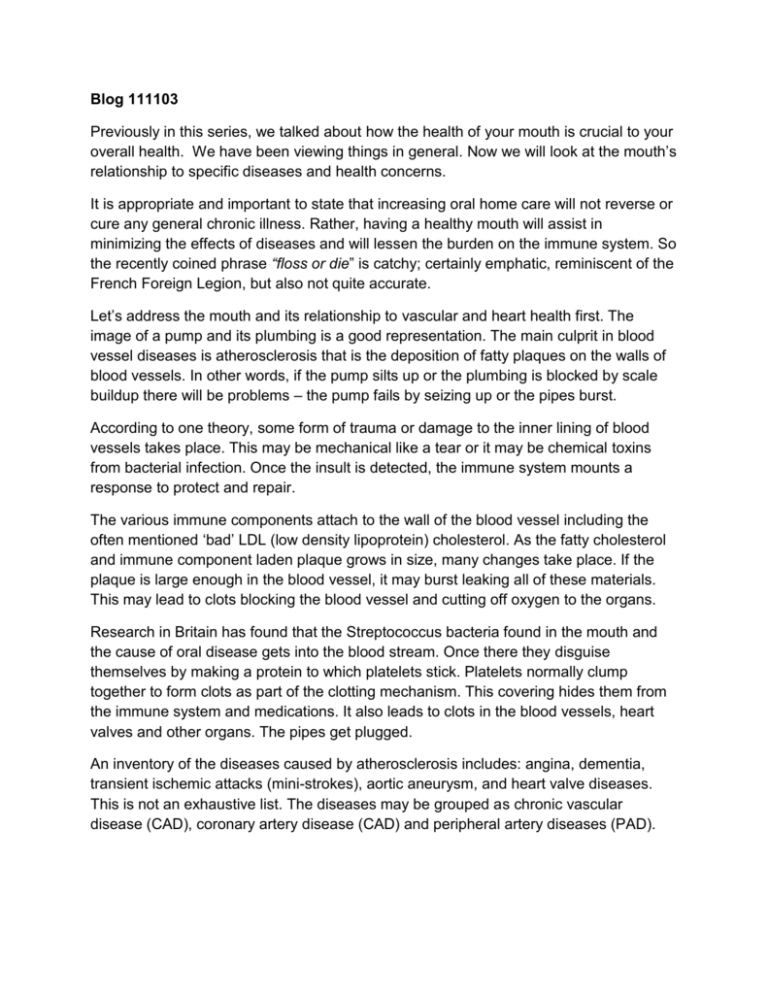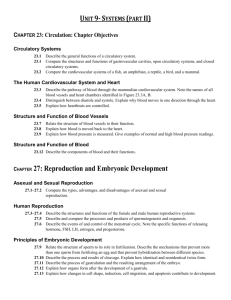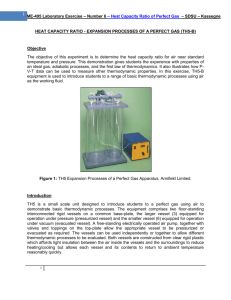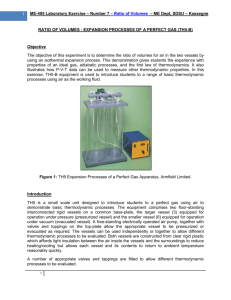Blog 111103(CVS)
advertisement

Blog 111103 Previously in this series, we talked about how the health of your mouth is crucial to your overall health. We have been viewing things in general. Now we will look at the mouth’s relationship to specific diseases and health concerns. It is appropriate and important to state that increasing oral home care will not reverse or cure any general chronic illness. Rather, having a healthy mouth will assist in minimizing the effects of diseases and will lessen the burden on the immune system. So the recently coined phrase “floss or die” is catchy; certainly emphatic, reminiscent of the French Foreign Legion, but also not quite accurate. Let’s address the mouth and its relationship to vascular and heart health first. The image of a pump and its plumbing is a good representation. The main culprit in blood vessel diseases is atherosclerosis that is the deposition of fatty plaques on the walls of blood vessels. In other words, if the pump silts up or the plumbing is blocked by scale buildup there will be problems – the pump fails by seizing up or the pipes burst. According to one theory, some form of trauma or damage to the inner lining of blood vessels takes place. This may be mechanical like a tear or it may be chemical toxins from bacterial infection. Once the insult is detected, the immune system mounts a response to protect and repair. The various immune components attach to the wall of the blood vessel including the often mentioned ‘bad’ LDL (low density lipoprotein) cholesterol. As the fatty cholesterol and immune component laden plaque grows in size, many changes take place. If the plaque is large enough in the blood vessel, it may burst leaking all of these materials. This may lead to clots blocking the blood vessel and cutting off oxygen to the organs. Research in Britain has found that the Streptococcus bacteria found in the mouth and the cause of oral disease gets into the blood stream. Once there they disguise themselves by making a protein to which platelets stick. Platelets normally clump together to form clots as part of the clotting mechanism. This covering hides them from the immune system and medications. It also leads to clots in the blood vessels, heart valves and other organs. The pipes get plugged. An inventory of the diseases caused by atherosclerosis includes: angina, dementia, transient ischemic attacks (mini-strokes), aortic aneurysm, and heart valve diseases. This is not an exhaustive list. The diseases may be grouped as chronic vascular disease (CAD), coronary artery disease (CAD) and peripheral artery diseases (PAD). These are generally managed by lifestyle changes, diet and medications. If they worsen or do not respond to the conservative care, more invasive interventions are used. Included in the lifestyle management should be regular dental care. So, it may not be “floss or die”, but it can be “floss and live better”!











